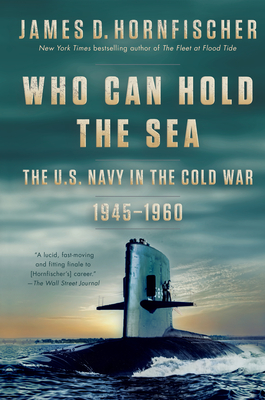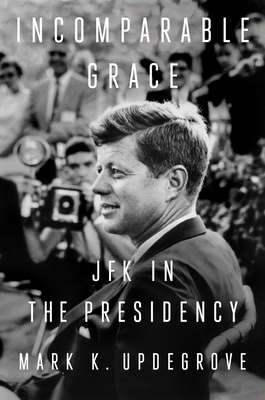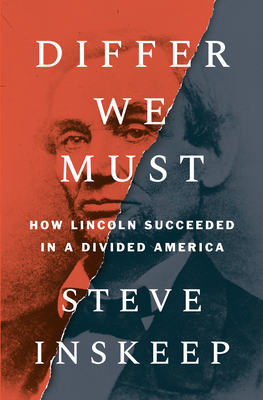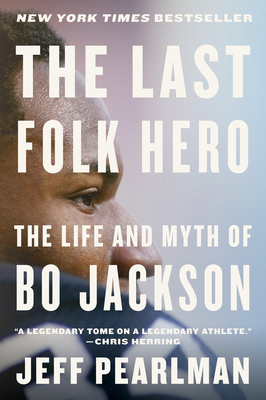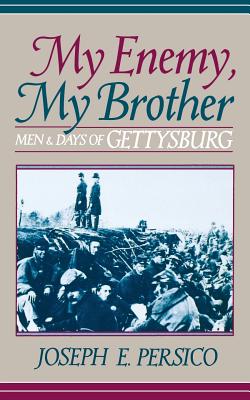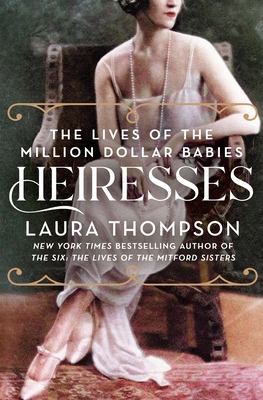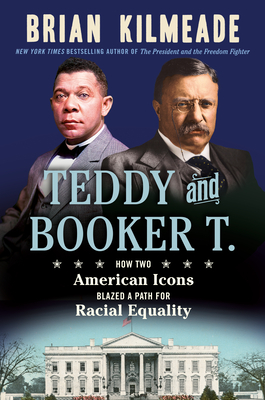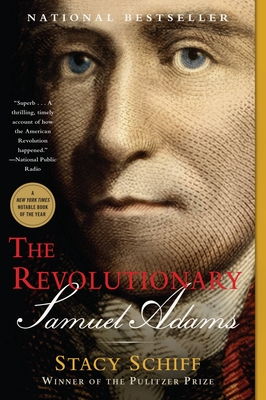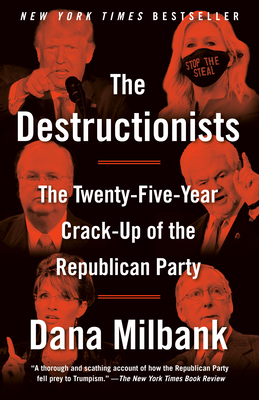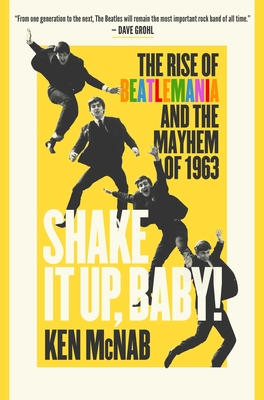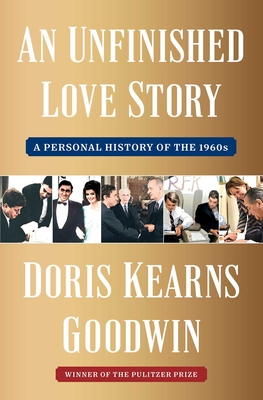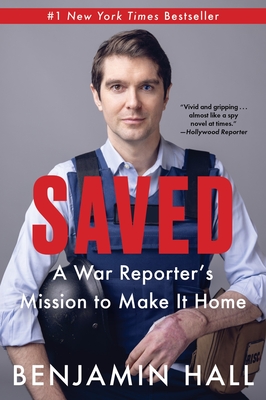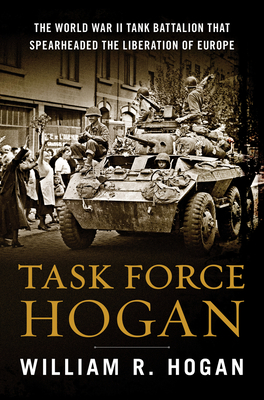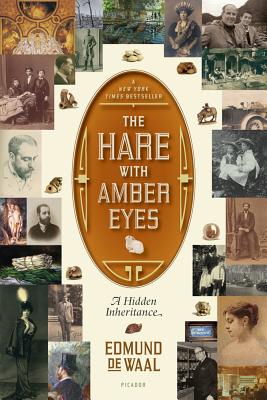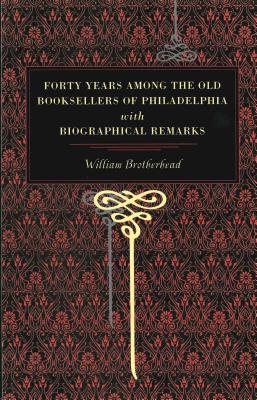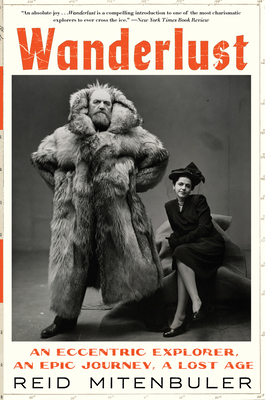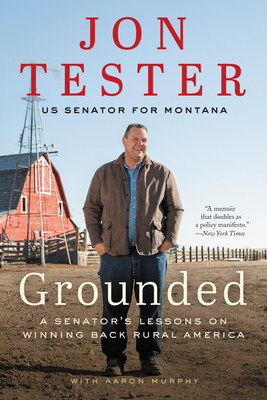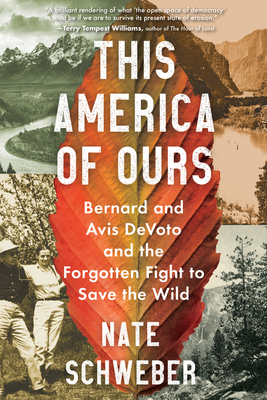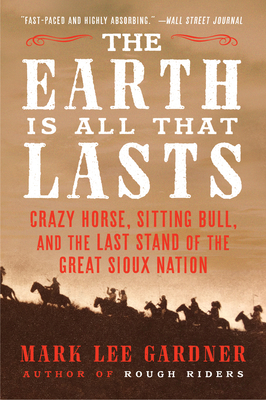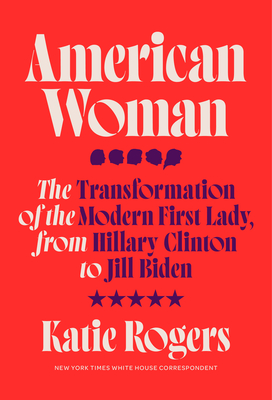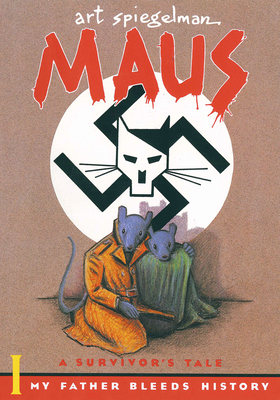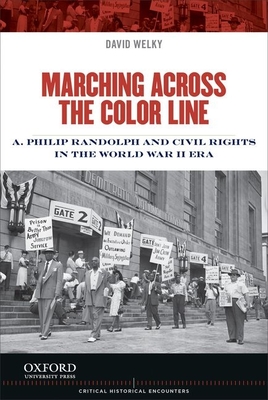
Marching Across the Color Line: A. Philip Randolph and Civil Rights in the World War II Era (Critical Historical Encounters)
Description
Once labeled the most dangerous black man in America, A. Philip Randolph was a tireless crusader for civil rights and economic justice. In Marching Across the Color Line: A. Philip Randolph and Civil Rights in the World War II Era, author David Welky examines Randolph's central role in the African American struggle for equality during the World War II era. Frustrated by unequal treatment in the military and civilian life, Randolph threatened to march 100,000 African Americans to Washington, DC, unless President Franklin Roosevelt expanded employment opportunities for blacks. Roosevelt backed down following a tense standoff, issuing an executive order guaranteeing equal opportunities for all Americans to get jobs in the growing defense industry.
Armed with this victory, Randolph led wartime charges to integrate the military, further expand job opportunities, and end discrimination against minorities. He staged massive rallies, badgered political leaders, and pricked the conscience of a nation fighting for democracy overseas while reluctant to create it at home.
A lively, engaging narrative set against a turbulent backdrop of political maneuvering, race riots, and the largest war in human history, Marching Across the Color Line exposes students to an array of fascinating characters who wrote the dramatic opening chapters in America's civil rights saga.

